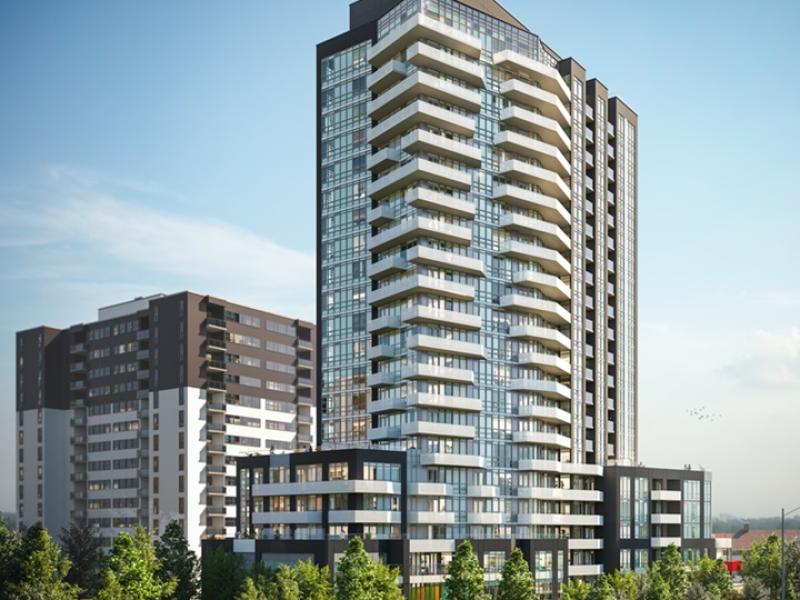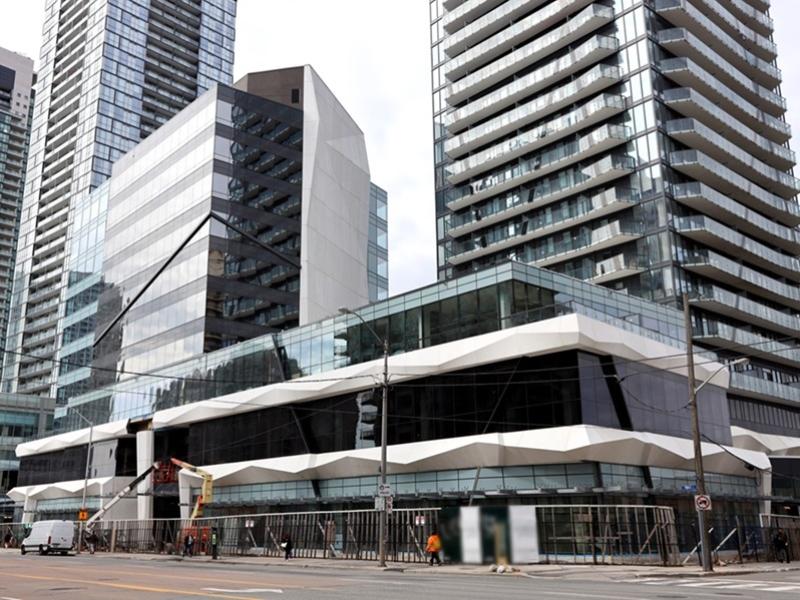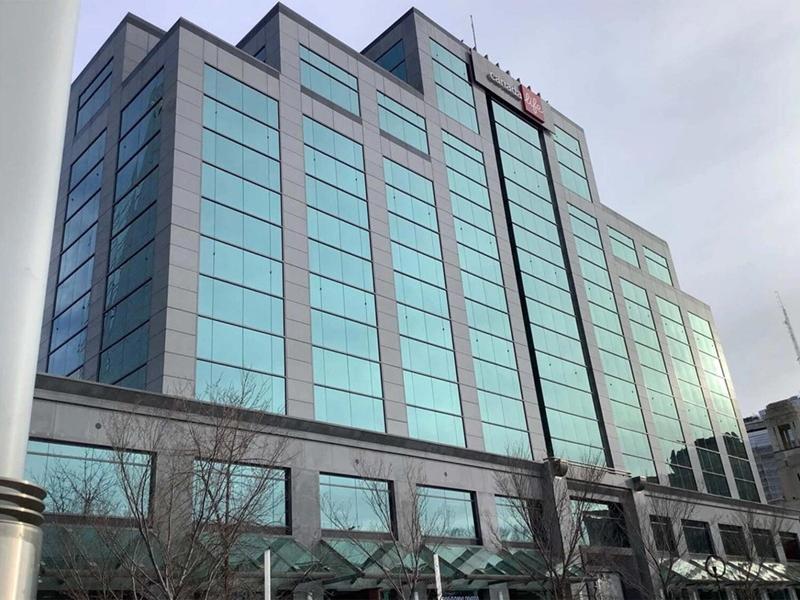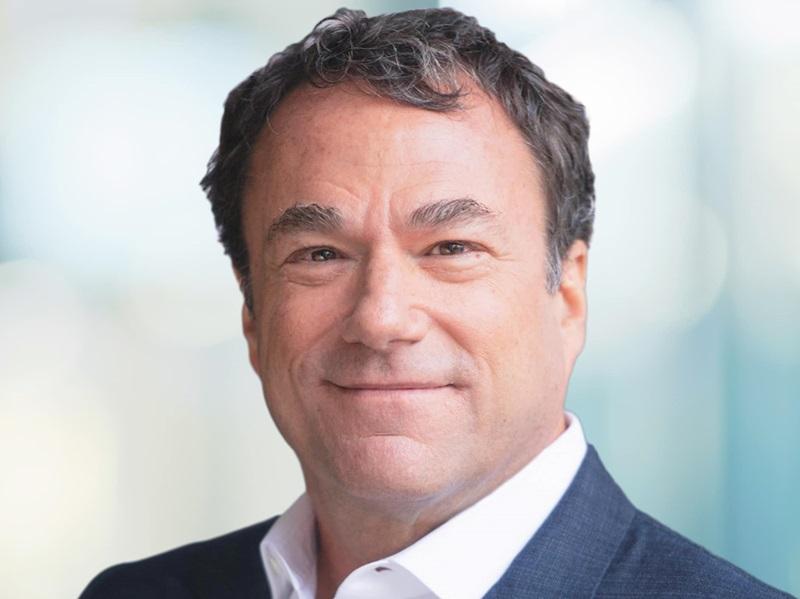
Saskatchewan’s commercial real estate market is heating up, driven by population growth, rising business investment and soaring demand for high-value resources like energy, potash, uranium and agricultural products.
The surge is sparking optimism among those in the sector, as strong economic fundamentals fuel demand across industrial, retail, office and multifamily properties, pointing to a promising outlook for continued growth.
Michael Cooper, the founder and chief responsible officer of Dream Group of Companies, was a panellist at the Oct. 16 Saskatchewan Real Estate Forum in Saskatoon where he sang the praises of the Prairie province.
“We’re investing and operating across the country, in Europe and the U.S. Within Canada, Saskatchewan has the most diverse resources. A lot of the resources don’t need a lot of federal input to develop them further, which is a great advantage over Alberta,” Cooper explained in an interview.
“The GDP per capita is good and it’s growing. The cost of living is quite reasonable and we just think there’s more opportunity for Saskatchewan to benefit from the federal government initiatives on major projects and trying to boost the economy to get going.
"Saskatchewan I think is going to get more than its fair share because it’s got a lot of great things. Not only is Saskatchewan expected to have the most GDP growth as it is, I think it’s going to be able to benefit by a larger amount than just about any other province.”
Cooper said Dream has a strong presence in the province “building a lot of apartments” as well as retail.
“We’re very excited about the opportunity. We think this is one of the best economies in the country already and we expect to see decent growth.”
"Food, fuel and fertilizer" keys to economy
Mitch Molnar, CEO, MDL Real Estate Income Fund, who was on the panel with Cooper, echoed those sentiments noting the demand for "food, fuel and fertilizer," three staples of the provincial economy.
"We’re going through a bit of a rough patch with tariffs and that’s put a lot of people on edge if you will, and perhaps slowed down investment decisions," Molnar said. "That’s a challenge, but yet we’ve been very fortunate that we seem to always find a way here, and enjoy really steady and productive growth."
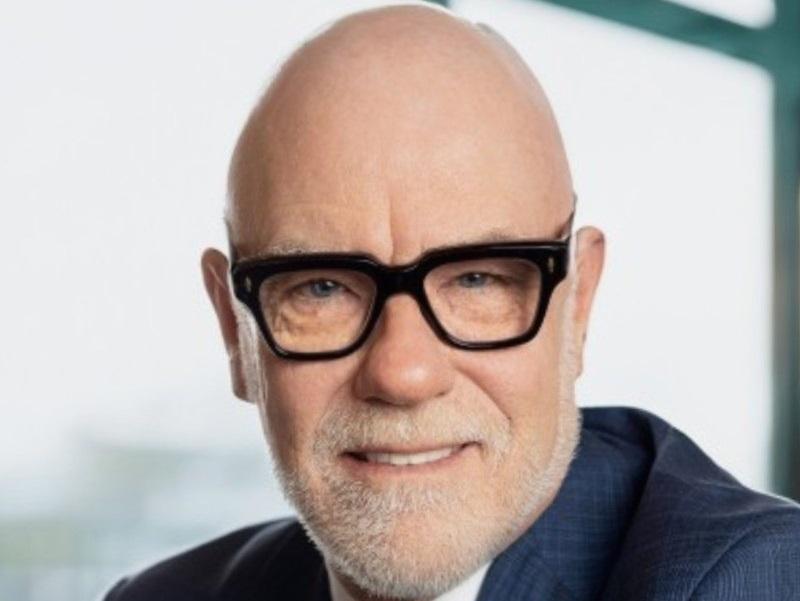
Barry Stuart, partner/broker with ICR Commercial Real Estate, who has been in the business in Saskatchewan for more than 30 years and was in attendance at the forum, expanded on that idea.
“The phrase you hear often is fuel, food and fertilizer and we have what the world wants," Stuart agreed. "I think one of the sleepers, the uranium market, has been going through a lot of challenging times and moving into a renaissance period, and with holding a large percentage of the world’s uranium deposits that’s a very bright future as well.
“As it relates to commercial real estate, our Q3 vacancy results (for Saskatoon) have just been released and I think pretty much every sector has seen a bit of reduction in vacancy. I understand that Saskatoon has had historically the lowest retail vacancy in Canada, or one of the three lowest rates. Interestingly our retail vacancy dropped throughout COVID. How does that work? It’s just so counterintuitive.”
Challenges and opportunities
After taking in a few of the presentations at the forum outlining the economic situation, Stuart agreed things look rosy.
“We still have some challenges in our downtown office market ... But other than downtown office all the asset classes are firing on all cylinders. Very positive,” Stuart said. “Our housing is very affordable in relation to the rest of the country. So people are moving here as a result of that and they’re finding the jobs that are here once they arrive. That continued growth appears to be very real.”
During a session on why business should invest in Saskatchewan, Prabha Ramaswamy, CEO, Saskatchewan Chamber of Commerce, provided several key points:
- The province is first in private capital investment and housing start growth this year;
- It is first in Canada and seventh in the world for mining investment attractiveness;
- It has the lowest unemployment rate among provinces at 4.7 per cent in August - below the national average of 7.1 per cent; and
- Population reached an all-time high of 1.26 million on July 1, well on track for the 2030 Growth Plan target of 1.4 million residents.
What’s fuelling the outlook?
Ramaswamy identified several factors including fiscal stability, policy certainty and export promotion encouraging investment; a strong resource base with potash prices remaining firm and uranium demand up; construction sector is up 13.2 per cent and private capital investment is up 17.3 per cent; population and immigration growth is fuelling the labour supply; and $4.6 billion provincial capital infrastructure spending.
“Clearly, we have a Saskatchewan advantage.”
Eric Anderson, executive director, Saskatchewan Industrial and Mining Suppliers Association, said Saskatchewan is producing “things civilizations need to exist.”
“So we have stuff that’s a long-term gain for us,” he said.
Saskatchewan a "top" market for Boardwalk
James Ha, president, Boardwalk REIT, said “we’re on the record saying Saskatchewan is going to be and has been one of the top markets in our portfolio.”
“Why do we like Saskatchewan? It really comes down to affordability,” he explained. “Saskatchewan has everything the world needs."
Farrukh Suvankulov, regional director (Economics), Calgary regional office, Bank of Canada, said Saskatchewan is “fairly resilient” to the current trade tensions. He said Canada’s GDP grew by 1.5 per cent in 2024 and estimates are for 1.3 per cent growth in 2025, 1-1.5 per cent in 2026 and 1.8 per cent in 2027.
Suvankulov noted mining and construction will support strong growth in Saskatchewan. In 2024, it had the second-best growth in the country at 3.4 per cent and this year it’s estimated to be about two per cent.
He said exports represent about half of Saskatchewan’s GDP with the majority from those aforementioned "food, fuel and fertilizer" sectors including energy, minerals and agricultural products.



